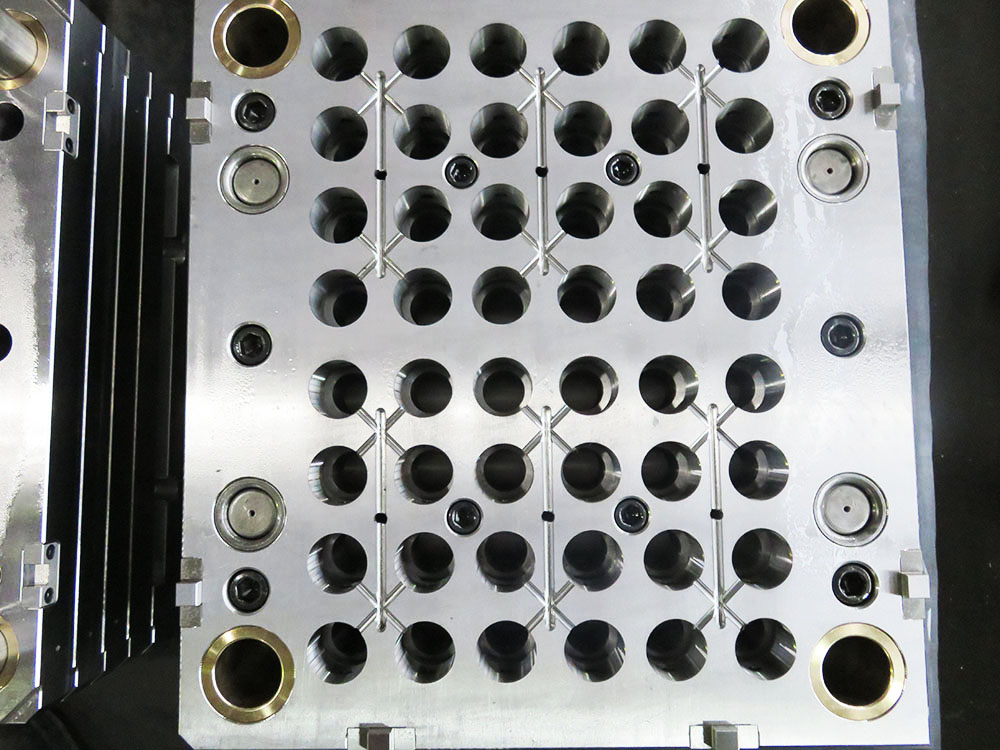Overview of Inspecting Wood Formwork Structures by Construction Supervisor
In the construction industry, wood formwork structures play a crucial role in providing support and shape to concrete during the casting process. It is essential for construction supervisors to have a clear understanding of inspecting and maintaining these structures to ensure their safety and longevity. This article provides an overview of the key aspects that construction supervisors should focus on while inspecting wood formwork structures.
Types of Wood Formwork Structures
Wood formwork structures can be broadly categorized into two types - vertical formwork and horizontal formwork. Vertical formwork is used for walls, columns, and other vertical structural elements, while horizontal formwork is used for slabs and other horizontal structural members. Construction supervisors need to familiarize themselves with the specific type of formwork being used on their project to ensure effective inspection.
Inspecting Wood Formwork Structures
When inspecting wood formwork structures, construction supervisors need to follow a systematic approach to identify and address any issues or concerns. The following points outline the key steps to be followed during the inspection process: 1. Visual Inspection: Begin by conducting a thorough visual inspection of the entire formwork structure. Look for any signs of damage, such as cracks, splits, or warping, which can compromise the structural integrity of the formwork. Pay close attention to the joints and connections between different formwork elements. 2. Check for Proper Alignment: Ensure that the formwork is properly aligned and level. Any misalignment can result in the formation of uneven surfaces in the concrete. Check the plumbness of vertical formwork elements and the levelness of horizontal formwork members. 3. Assess Formwork Strength: Evaluate the strength of the formwork structure by checking the quality and condition of the wood used. Make sure that the wood is free from decay, fungal growth, or insect infestation. Check if any reinforcement or bracing is required to enhance the strength of the formwork. 4. Verify Stability: Confirm that the formwork structure is stable and can withstand the loads imposed by the wet concrete. Check for proper bracing and shoring, especially in taller vertical formwork elements. Ensure that all supporting components, such as wedges and bolts, are securely in place. 5. Evaluate Surface Finish: Examine the surface of the formwork for any defects that may affect the final finish of the concrete. Smooth and uniform formwork surfaces will result in a better-quality concrete finish. Address any issues related to formwork surface defects immediately. 6. Monitor Moisture Content: Keep a check on the moisture content of the wood formwork. High moisture content can lead to swelling or warping of the wood, compromising its strength and stability. Take necessary measures to control moisture levels, such as proper ventilation or waterproofing.
Maintenance and Documentation
Construction supervisors are also responsible for ensuring the regular maintenance of wood formwork structures. This includes timely repairs, replacements, and cleaning. Proper documentation of inspections, maintenance activities, and any modifications made to the formwork structure is essential for record-keeping and legal compliance.
Conclusion
In conclusion, the inspection of wood formwork structures is a critical aspect of a construction supervisor's role. By following a systematic approach and focusing on key areas such as visual inspection, alignment, strength, stability, surface finish, and moisture content, supervisors can ensure the integrity and safety of these structures. Timely maintenance and documentation further contribute to the longevity and efficiency of wood formwork structures in the construction industry.




